pierson_hill
New member
- Joined
- May 7, 2007
- Messages
- 24
- Reaction score
- 7
- Points
- 3
- Age
- 42
- Location
- Tallahassee, FL
- Country
- United States
- Display Name
- Pierson Hill
I don't get a chance to post here much but thought that you guys might enjoy seeing the results of some Siren hunting in north Florida.
The first spot I dipnetted was a small grassy depression pond in Levy Co, FL. The target was Pseudobranchus striatus -- this particular pond is ~ 10 miles from the type locality of P. striatus lustricolus, a large distinct form of the dwarf siren that hasn't been collected since its original description in 1951.
I turned up a three smallish (~4") Pseudobranchus in pretty short order which resulted in some temporary excitement, but unfortunately none of them conformed to the Wilfred Neill's description of the Gulf Hammock Siren in that they lacked distinct light striping on the dorsum.
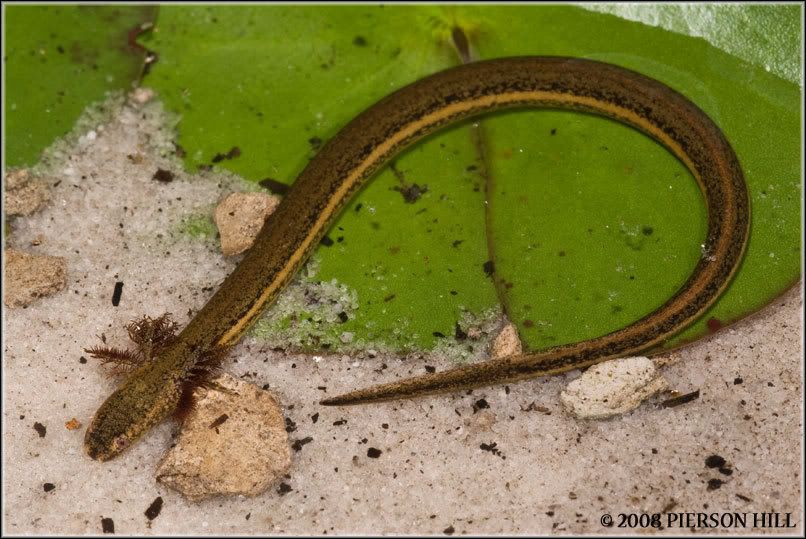
I would call this P. s. spensicus but it doesn't quite look like the animals I've seen further north in the FL panhandle.
The status of P. s. lustricolus is becoming increasingly suspicious -- it seems their range is MUCH smaller than suspected and that they might occupy a different ecological niche than the other races of P. striatus.
I also caught a smallish Siren intermedia in the pond.
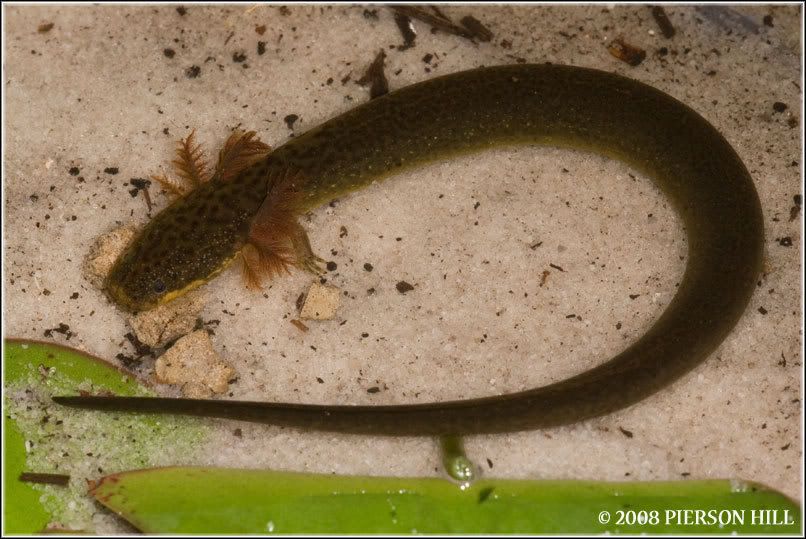
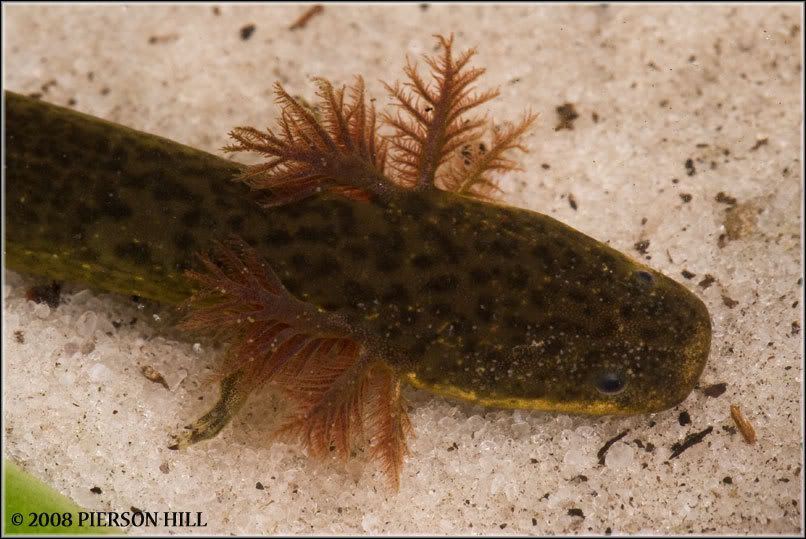
As well as a larger one in a minnow trap the next morning:
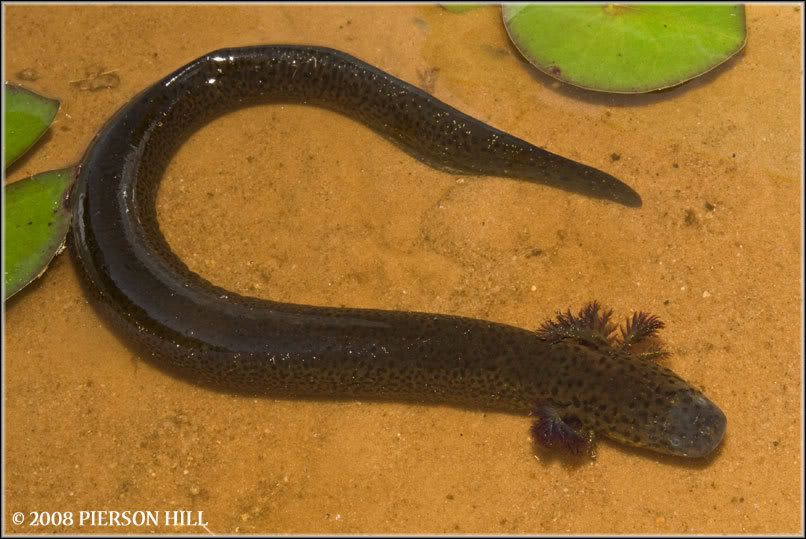
Heading southeast into the highlands of central Florida, a transition from low coastal flatwoods to sandhills yields a transition in the dominant Siren assemblages. Sorting through large mats of floating water hyacinth readily yields Pseudobranchus axanthus axanthus and larval Siren lacertina.


A few minnow traps produced some bruiser adult S. lacertina, although getting a decent photograph of the animals in the field was a chore.
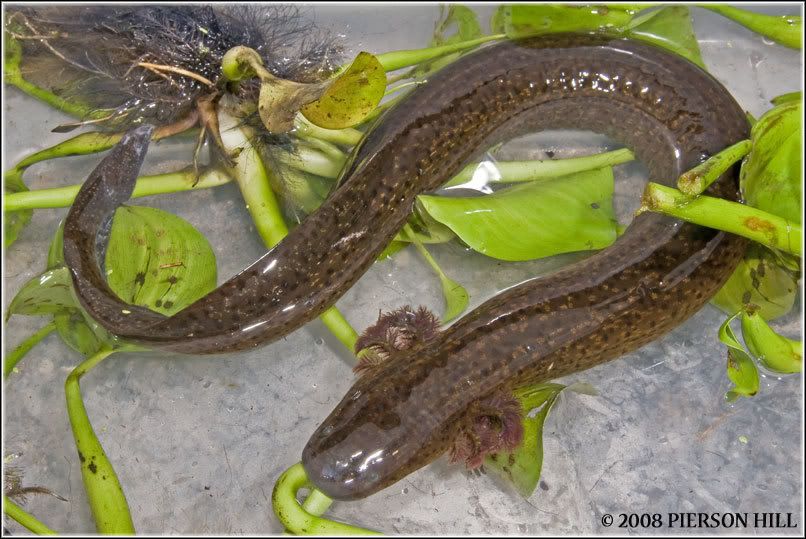
Hope you enjoyed.
The first spot I dipnetted was a small grassy depression pond in Levy Co, FL. The target was Pseudobranchus striatus -- this particular pond is ~ 10 miles from the type locality of P. striatus lustricolus, a large distinct form of the dwarf siren that hasn't been collected since its original description in 1951.
I turned up a three smallish (~4") Pseudobranchus in pretty short order which resulted in some temporary excitement, but unfortunately none of them conformed to the Wilfred Neill's description of the Gulf Hammock Siren in that they lacked distinct light striping on the dorsum.

I would call this P. s. spensicus but it doesn't quite look like the animals I've seen further north in the FL panhandle.
The status of P. s. lustricolus is becoming increasingly suspicious -- it seems their range is MUCH smaller than suspected and that they might occupy a different ecological niche than the other races of P. striatus.
I also caught a smallish Siren intermedia in the pond.


As well as a larger one in a minnow trap the next morning:

Heading southeast into the highlands of central Florida, a transition from low coastal flatwoods to sandhills yields a transition in the dominant Siren assemblages. Sorting through large mats of floating water hyacinth readily yields Pseudobranchus axanthus axanthus and larval Siren lacertina.


A few minnow traps produced some bruiser adult S. lacertina, although getting a decent photograph of the animals in the field was a chore.

Hope you enjoyed.
